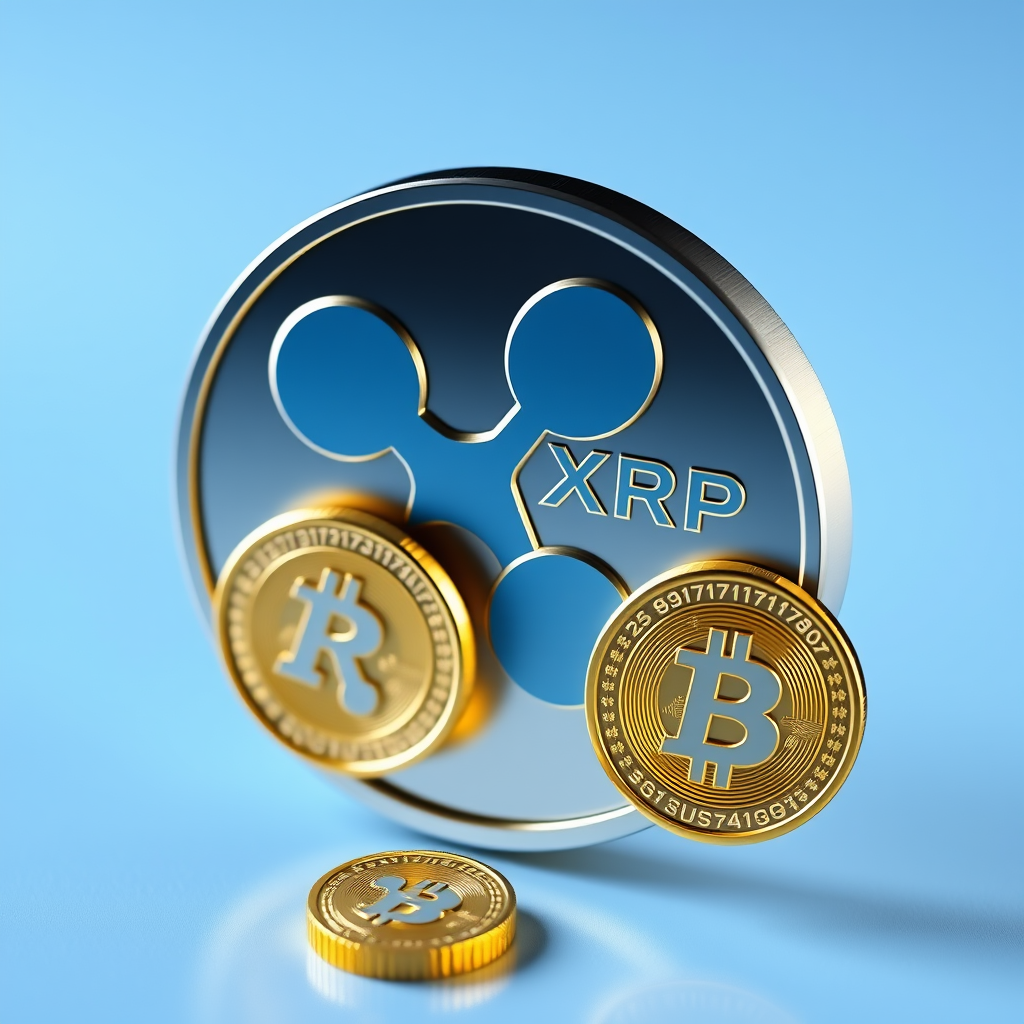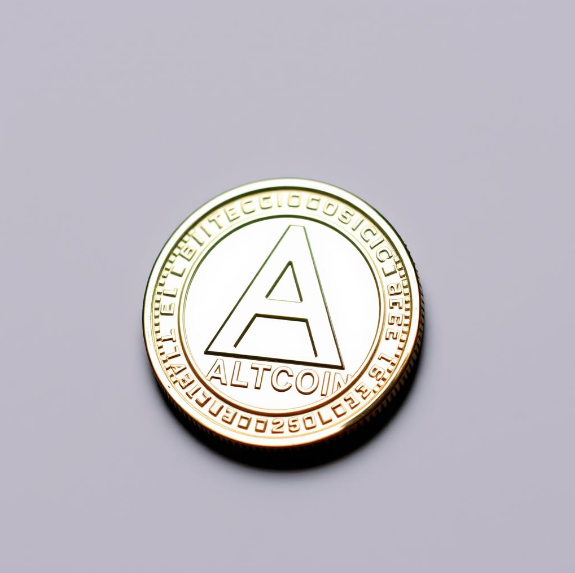What is a Bitcoin Mining Pool?
A Bitcoin mining pool is a group of miners who combine their computational power to mine Bitcoin blocks. Instead of competing individually, miners work together to solve cryptographic puzzles and earn block rewards. By pooling resources, miners increase their chances of finding a block and receive more frequent payouts, though they share the reward with other members of the pool.
- Mining pools help individual miners compete against larger operations.
- Pool members receive a portion of the reward based on the computing power they contribute.
- Pools reduce the randomness of mining, offering consistent payouts compared to solo mining.
Key Factors to Consider When Choosing a Bitcoin Mining Pool
Selecting the right mining pool is crucial to maximizing your earnings and ensuring you get consistent payouts. Here are some important factors to consider:
Pool Size
Larger pools offer more frequent payouts because they have a higher hash rate and thus solve more blocks. However, the rewards are distributed among many miners, which can dilute your share.
- Large pools: Frequent payouts, but smaller individual shares.
- Small pools: Less frequent payouts, but larger individual shares.
Fee Structure
Mining pools charge fees, usually ranging from 1% to 3% of your earnings. It’s essential to choose a pool with competitive fees while ensuring it offers reliable services.
- Lower fees mean more of the reward goes to you.
- Be cautious of pools with no fees, as they might have hidden costs.
Payout Frequency
Different pools have different payout models that affect how often and how much you are paid. Common models include Pay-Per-Share (PPS) and Pay-Per-Last-N-Shares (PPLNS).
- PPS: Provides consistent payouts for each share contributed.
- PPLNS: Rewards depend on the last N shares, making payouts more variable.
Geographic Location
Choosing a pool with servers close to your location reduces latency, which can increase your mining efficiency. The closer you are to the pool's servers, the more shares you can contribute in a given time.
- Lower latency means faster share submission, which can lead to better mining results.
- Pools with multiple server locations are ideal for global miners.
Reputation and Security
Ensure the mining pool has a strong reputation in the crypto community and employs security measures to protect miners from hacking or fraud.
- Look for pools with a proven track record of reliability and secure transactions.
- Pools should offer DDoS protection and secure payout processes.
How Do Bitcoin Mining Pools Work?
When you join a Bitcoin mining pool, you contribute your mining equipment's hash rate to the pool’s collective efforts. The pool works together to solve complex algorithms and add a new block to the blockchain. Once a block is successfully mined, the reward (currently 6.25 BTC) is divided among the pool members based on their contributed hash power. The pool operator takes a small fee to manage the operations and distribute rewards.
- Shared Hash Rate: All miners contribute their computational power (hash rate) to increase the probability of mining a block.
- Reward Distribution: Pool members are paid based on their percentage of contribution to the pool’s total hash rate.
- Pool Operator Fees: A small percentage of the rewards is taken by the pool operator to manage and maintain the pool.
Different Payout Models Explained
Understanding how mining pools distribute rewards is key to choosing the right pool for your needs. Here are some common payout models:
Pay-Per-Share (PPS)
With the PPS model, miners receive a fixed reward for each share they contribute to the pool. This provides consistent payouts, even if the pool does not successfully mine a block.
- Ideal for miners seeking stability and predictable income.
- Typically involves a small fee to account for the guaranteed payout.
Pay-Per-Last-N-Shares (PPLNS)
PPLNS rewards miners based on their share of contributions over a given period (N shares). This makes payouts more variable but can result in higher earnings when the pool is successful.
- Best for miners willing to accept payout fluctuations for potentially higher rewards.
- Rewards depend on the number of shares in a specific period.
Full-Pay-Per-Share (FPPS)
Similar to PPS, FPPS includes the transaction fees from the block in the payout, providing miners with additional income.
- Provides a more complete reward, including transaction fees.
- Typically has slightly higher fees due to the added payout component.
Benefits of Joining a Bitcoin Mining Pool
Bitcoin mining pools offer several advantages over solo mining. Here are some of the top benefits:
- Increased Chances of Success: Mining pools increase your odds of mining a block compared to solo mining.
- Consistent Payouts: Pools provide a more reliable income stream than solo mining, which can be inconsistent.
- Support and Community: Many mining pools have active forums and support channels, offering guidance and troubleshooting for miners.
How to Start Mining in a Bitcoin Pool
Ready to start mining? Here’s how to get going:
- Choose the Right Pool: Evaluate pool size, fees, and payout model to find the best option for you.
- Set Up Mining Software: Install mining software compatible with your hardware and pool.
- Connect Your Wallet: Link your Bitcoin wallet to the mining pool for receiving rewards.
- Monitor Performance: Keep track of your contribution and rewards, adjusting settings for optimal performance.
FAQ: Best Bitcoin Mining Pools
What is the difference between solo mining and pool mining?
Solo mining means mining on your own, while pool mining involves joining forces with other miners to share resources. Pool mining offers more consistent payouts, while solo mining can result in larger but less frequent rewards.
Are Bitcoin mining pools profitable?
Profitability depends on factors such as Bitcoin’s price, mining difficulty, electricity costs, and pool fees. While mining pools offer more consistent rewards, it's important to assess the associated costs before joining.
How are payouts distributed in Bitcoin mining pools?
Payouts are generally distributed based on each miner's contribution to the pool's total hash power. Some pools use a proportional system, while others use methods like Pay-Per-Share (PPS) or Full Pay-Per-Share (FPPS).
Can I switch between Bitcoin mining pools?
Yes, you can switch between mining pools at any time. Many miners experiment with different pools to find the one that provides the best rewards and lowest fees for their setup.
Is it safe to join a Bitcoin mining pool?
Reputable mining pools are generally safe, but it’s important to research a pool’s history and user reviews to ensure you are joining a trusted platform. Be cautious of pools that lack transparency or have been involved in scams.
What is the difference between public and private Bitcoin mining pools?
Public pools are open to anyone who wishes to join, while private pools are typically restricted to certain users, often large mining farms. Public pools are the most common choice for individual miners.



















